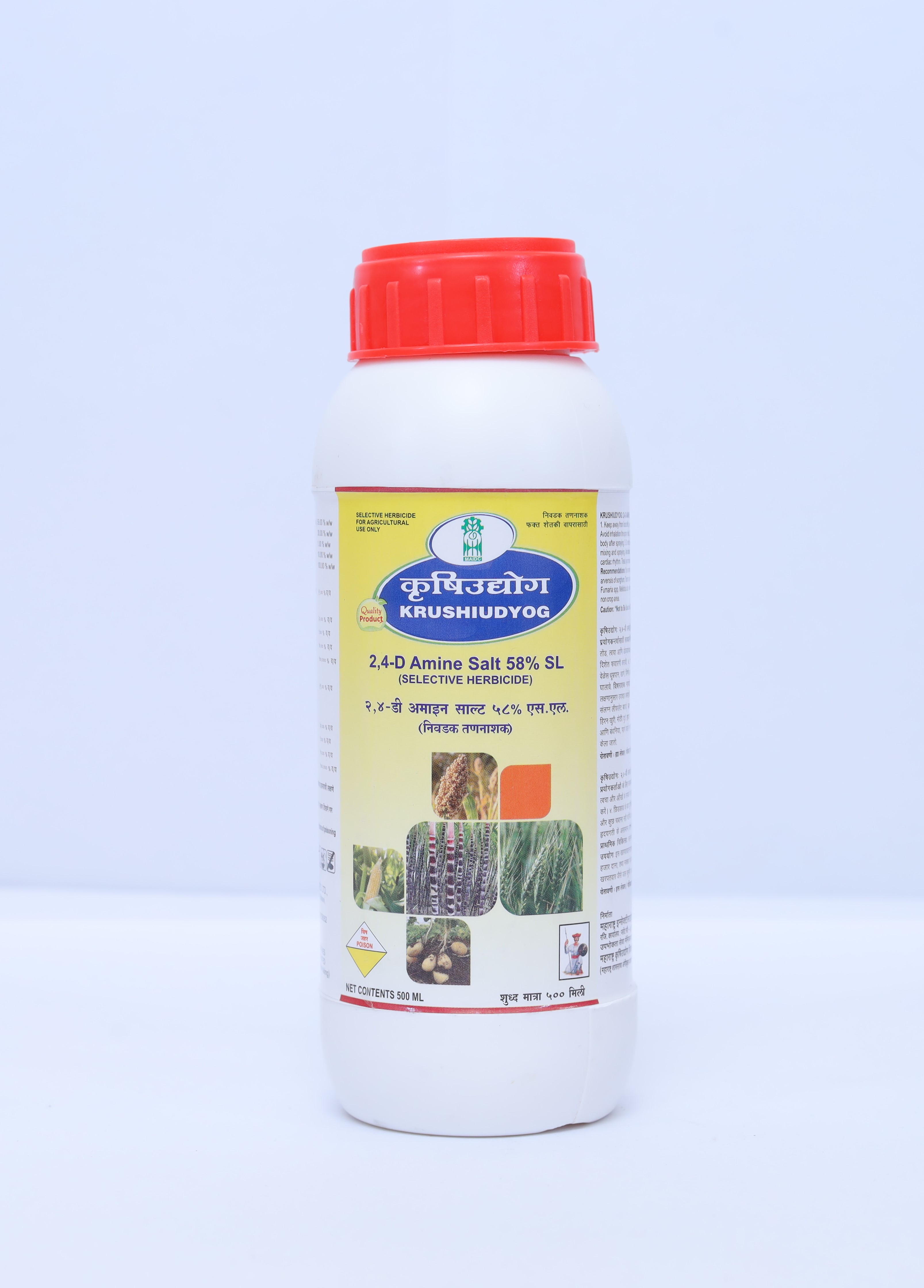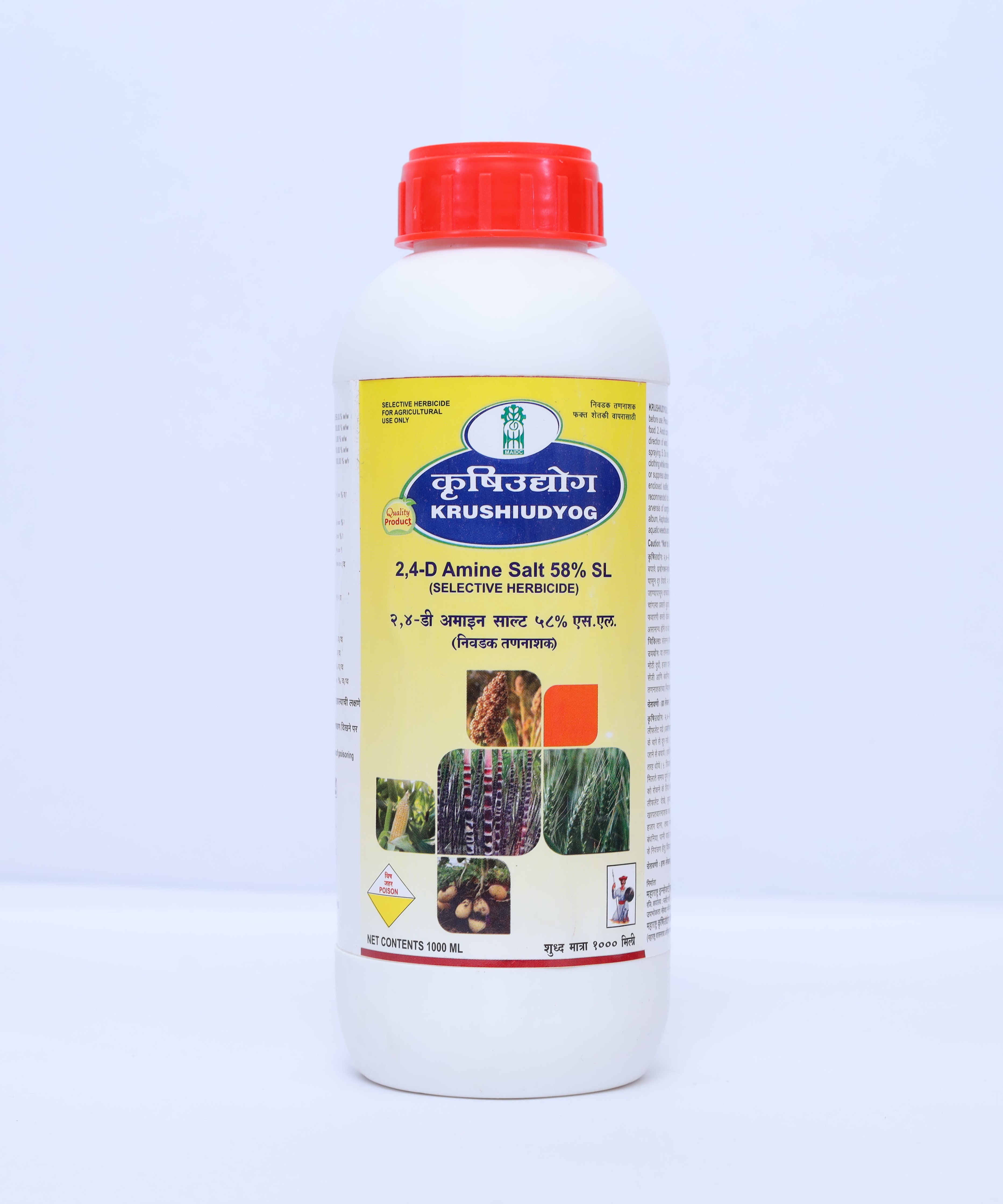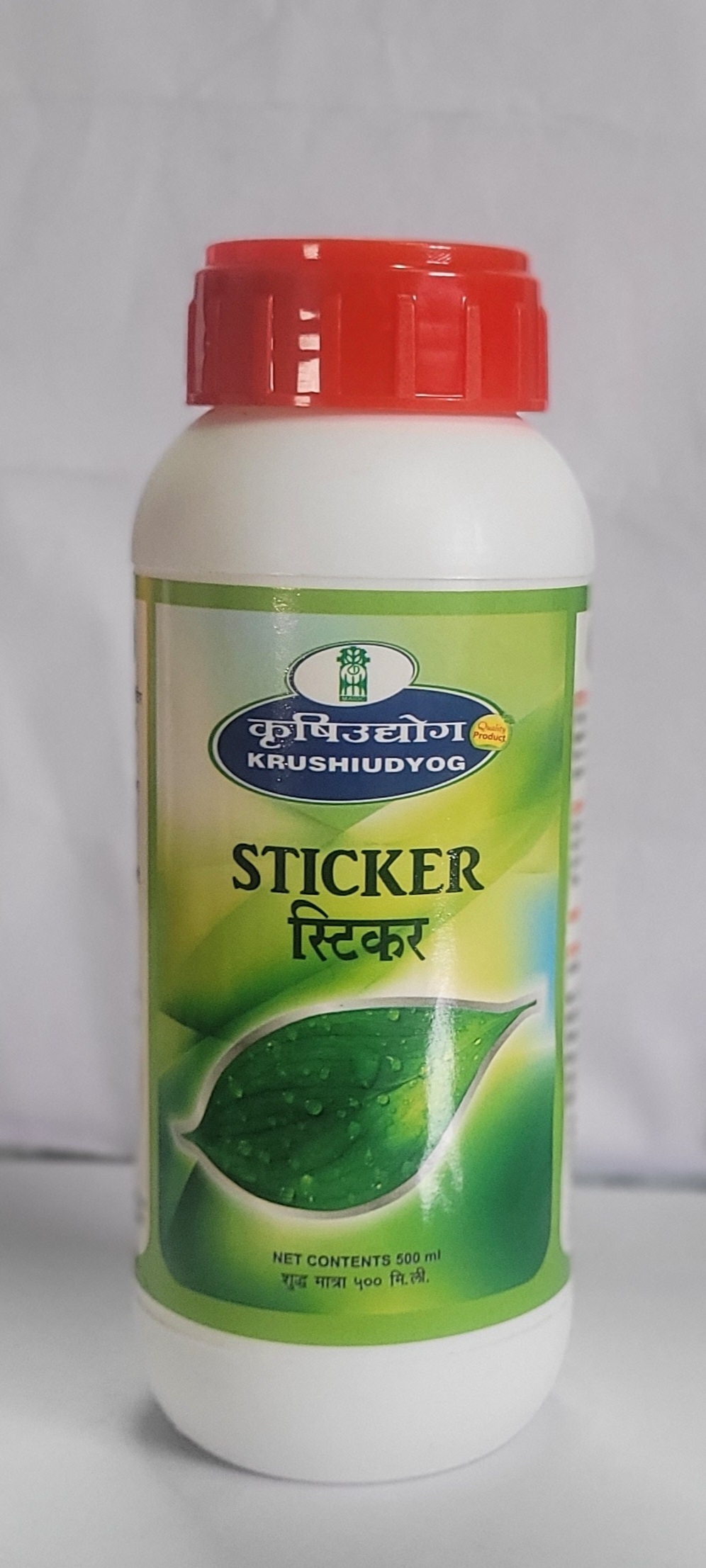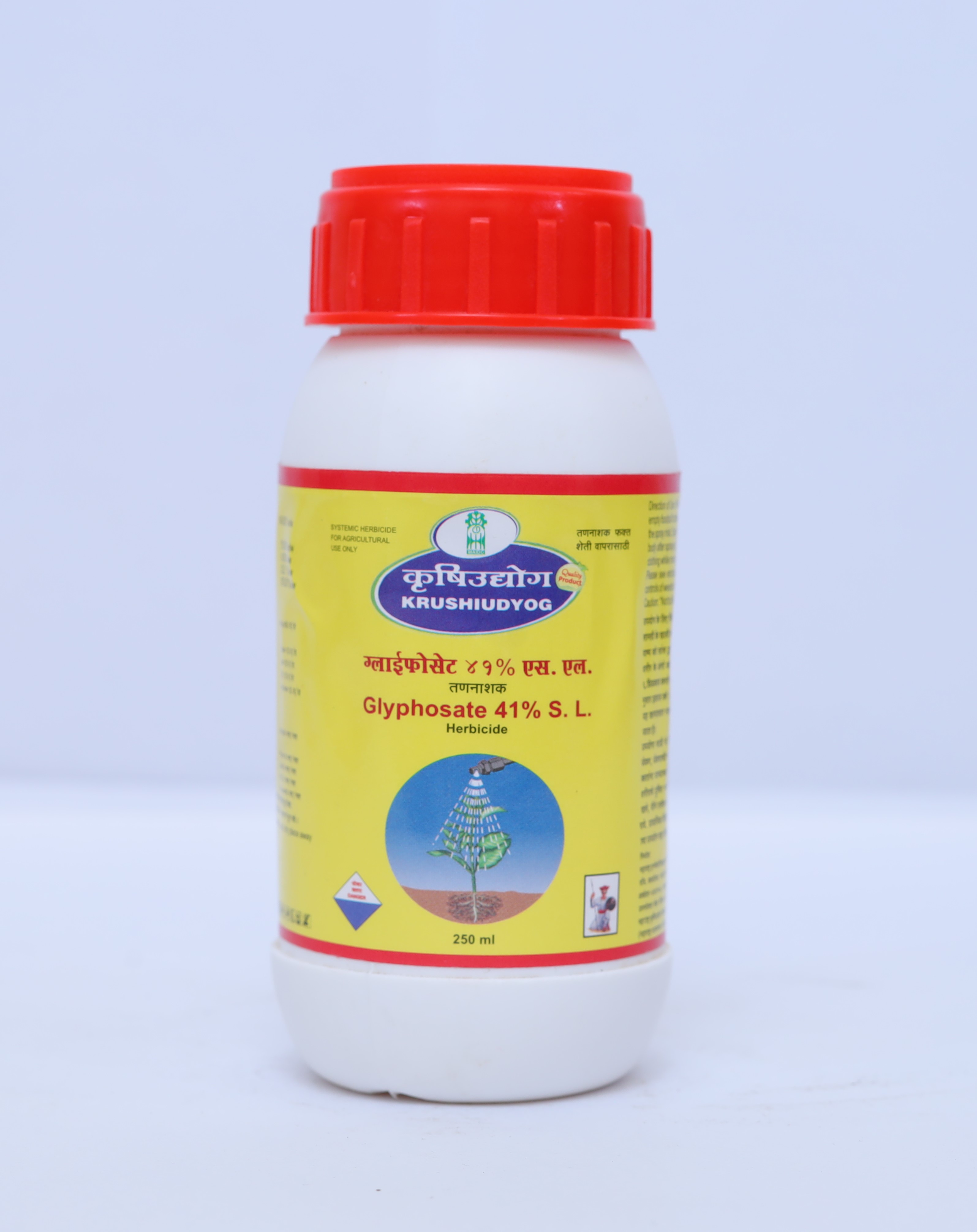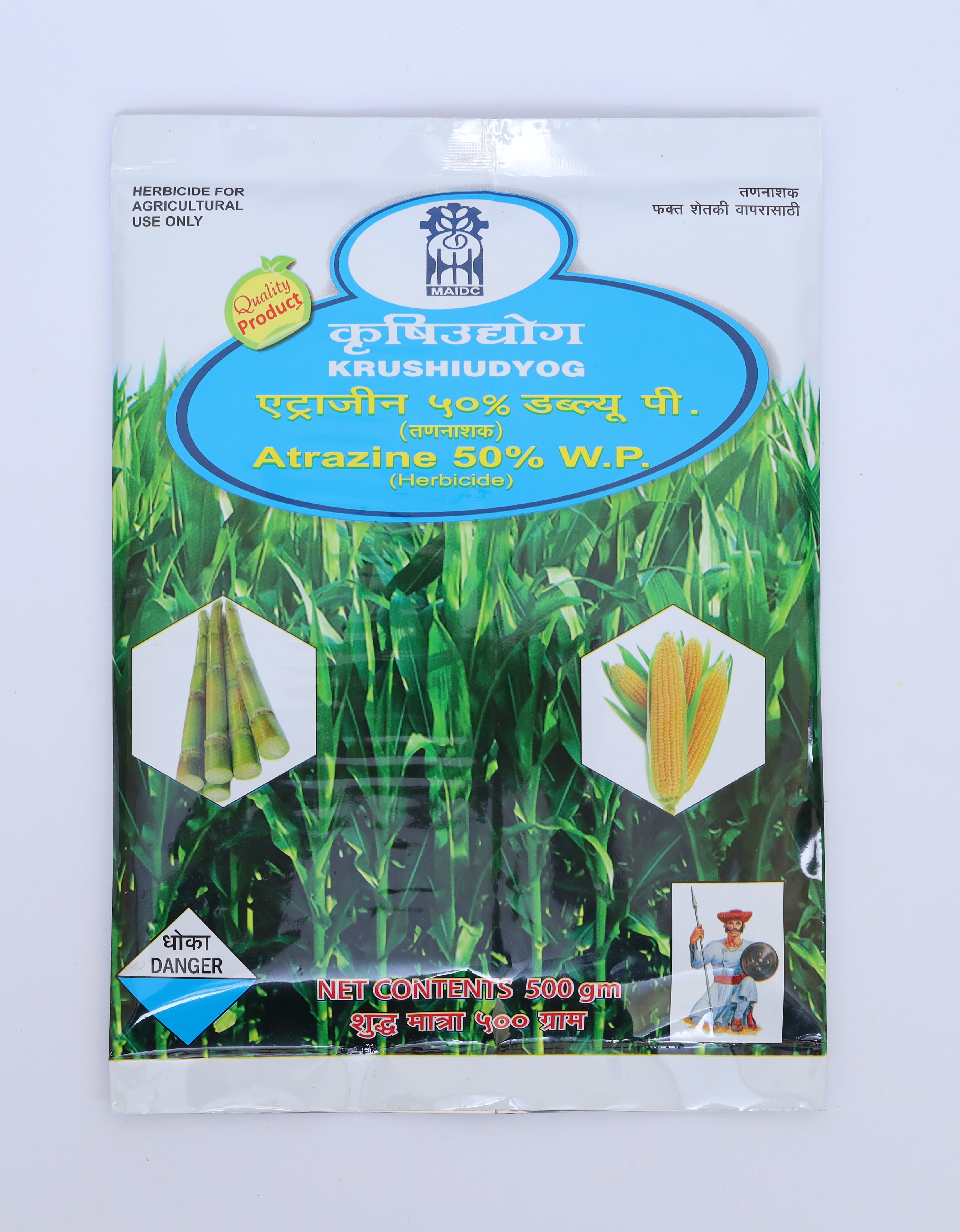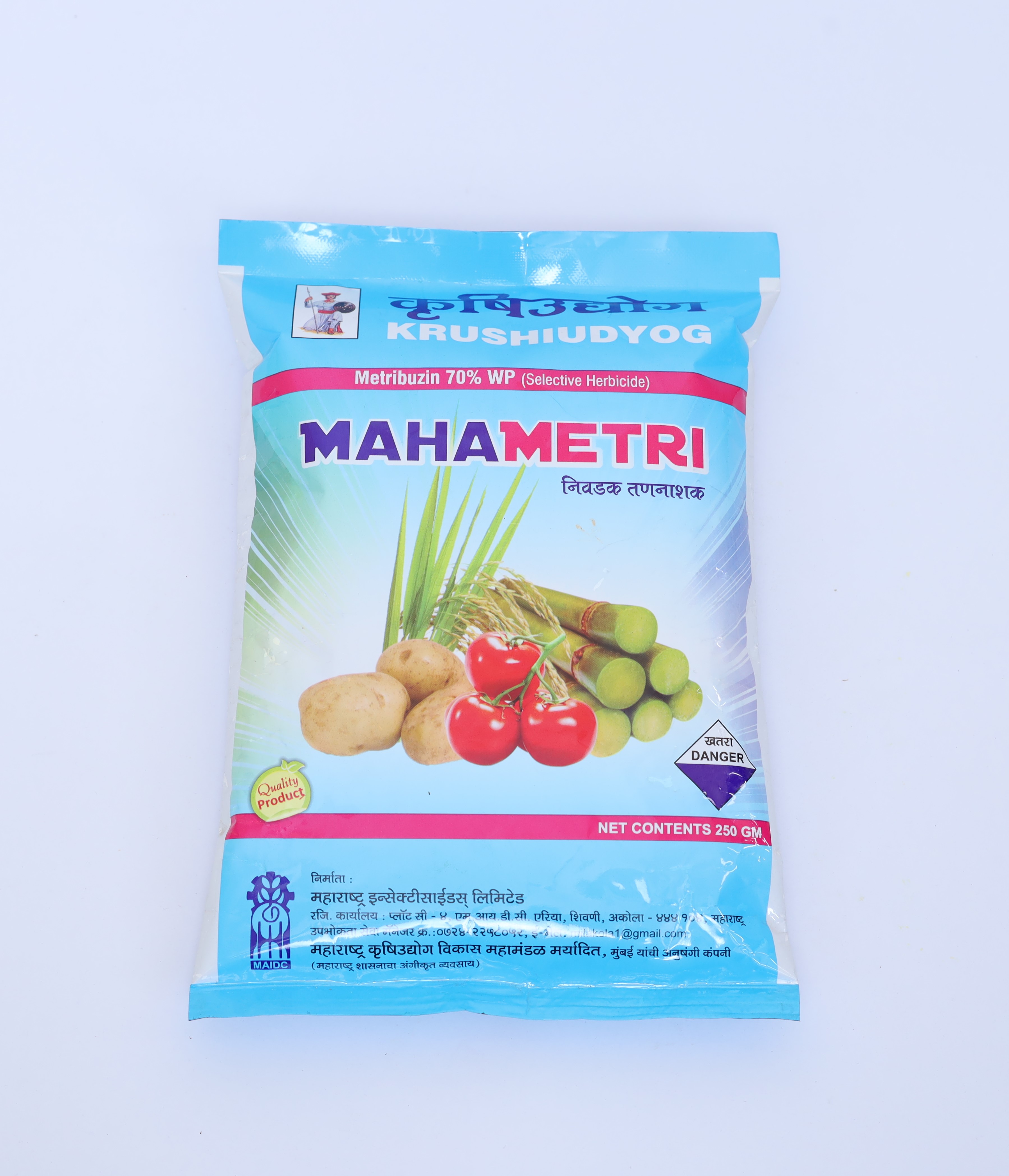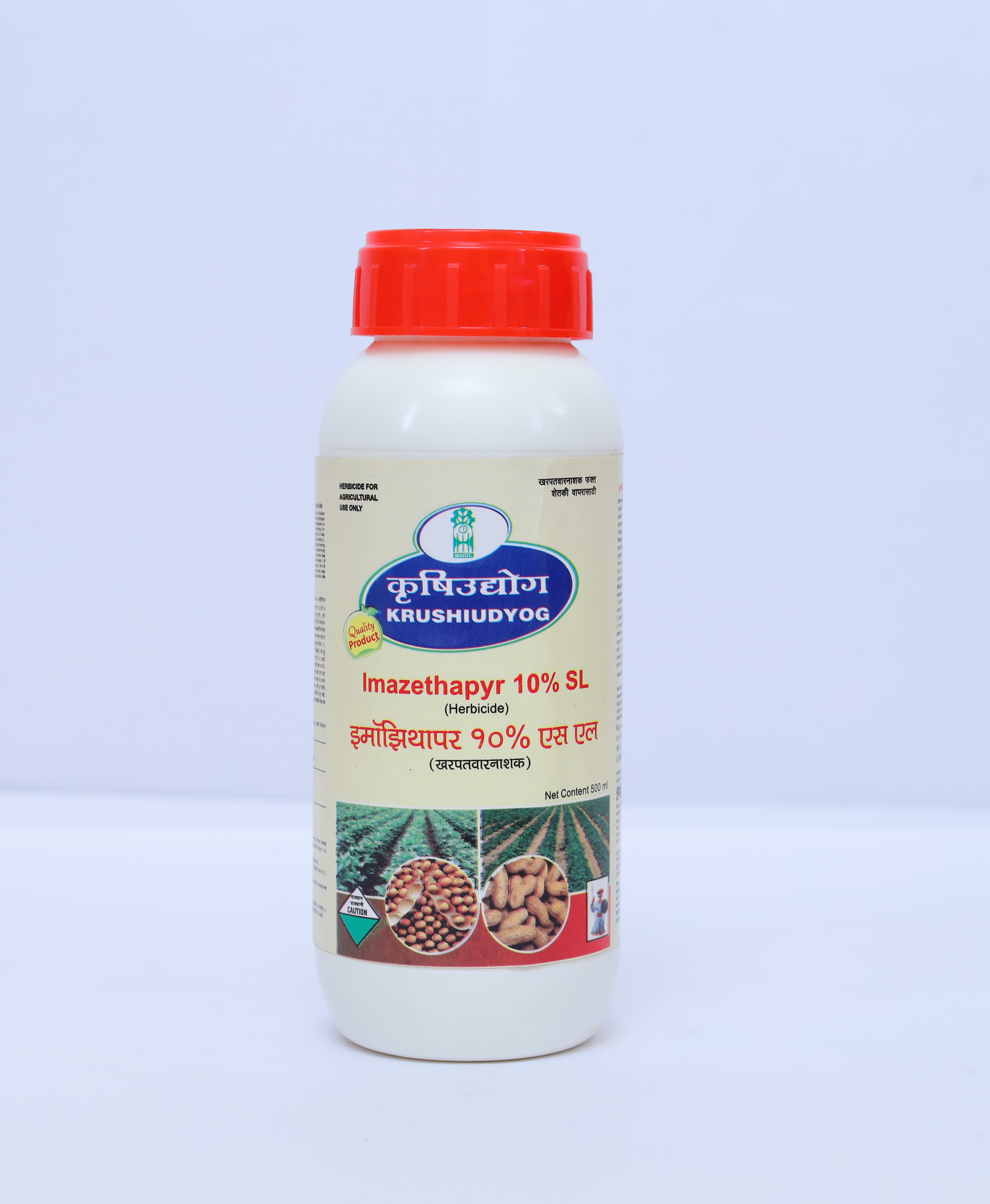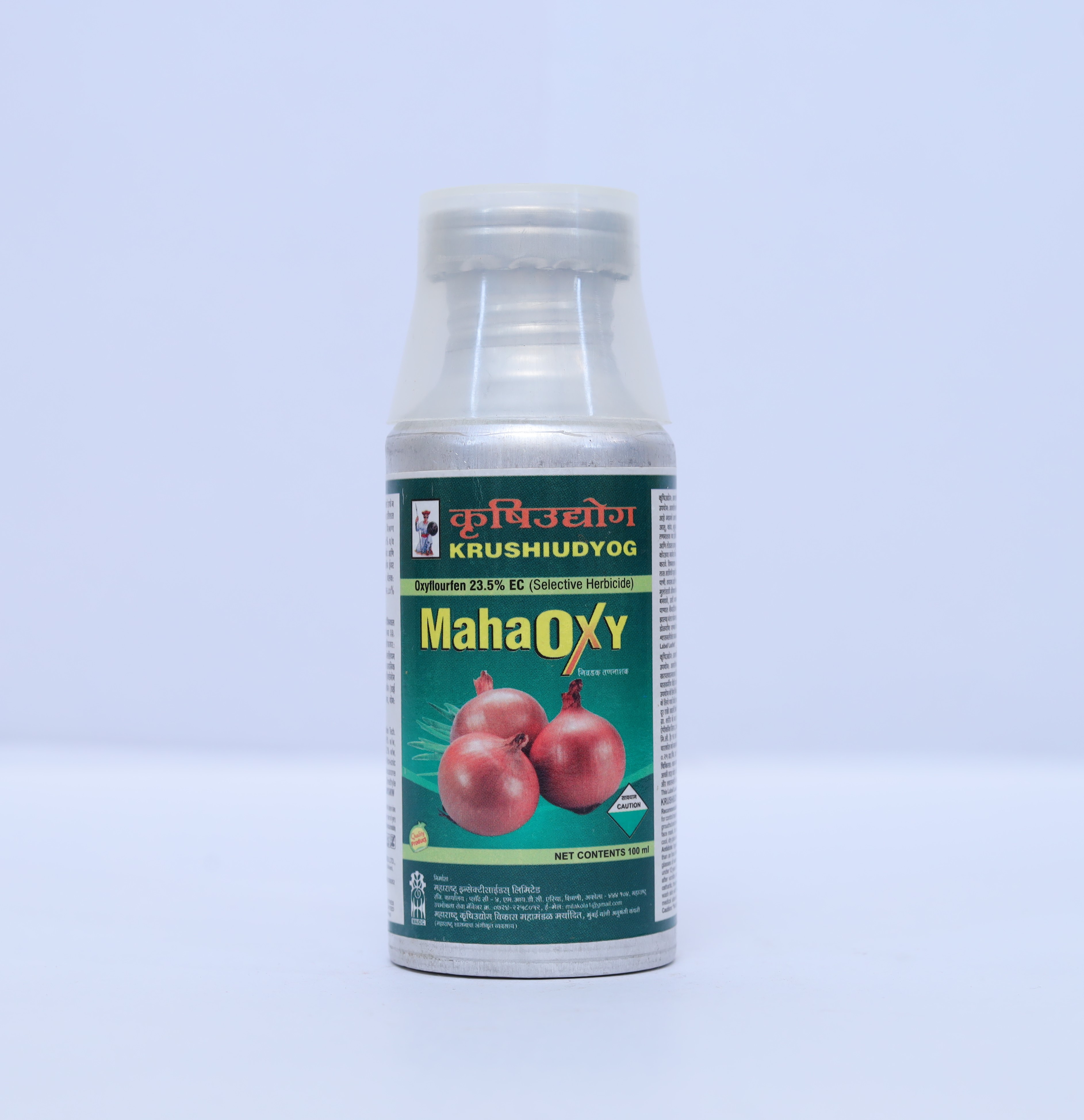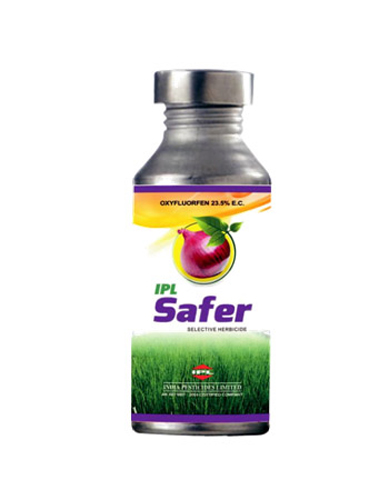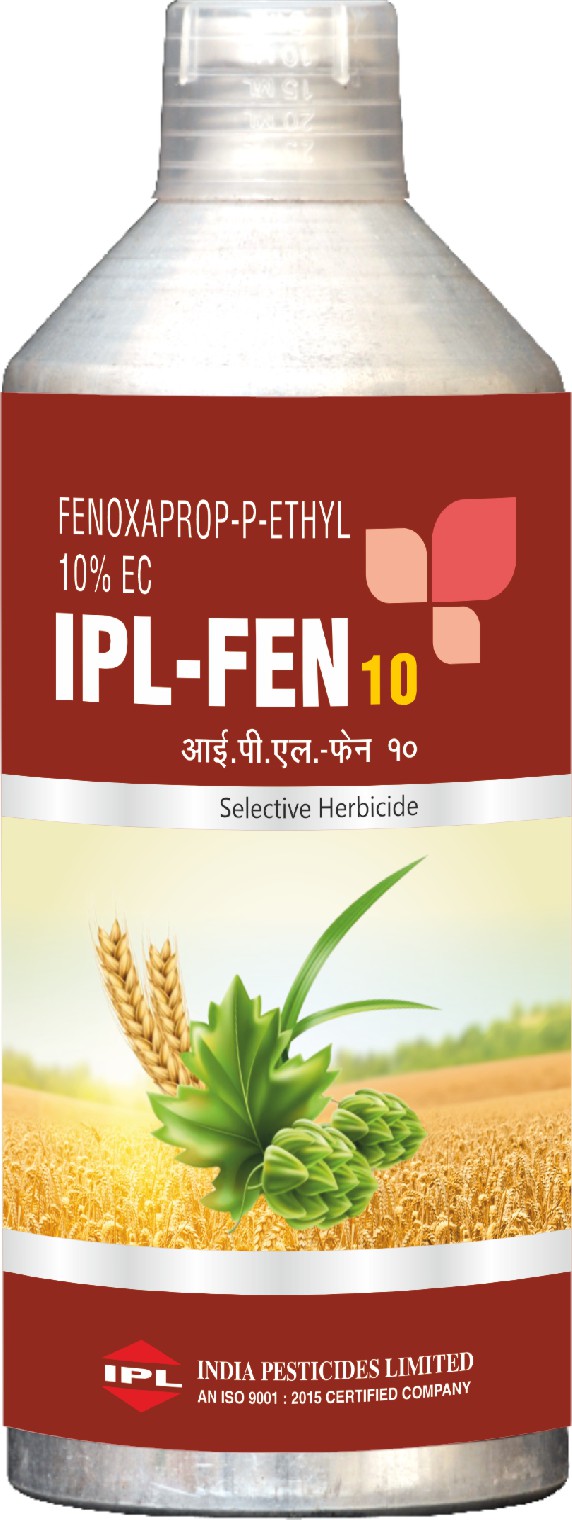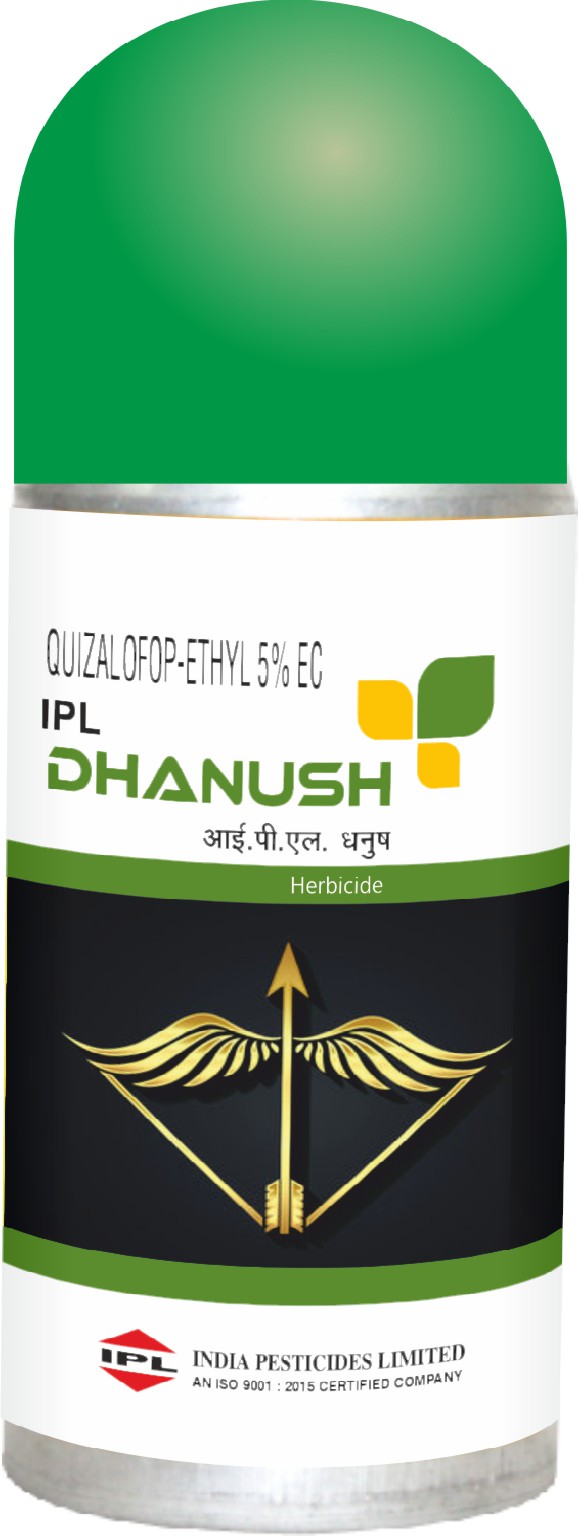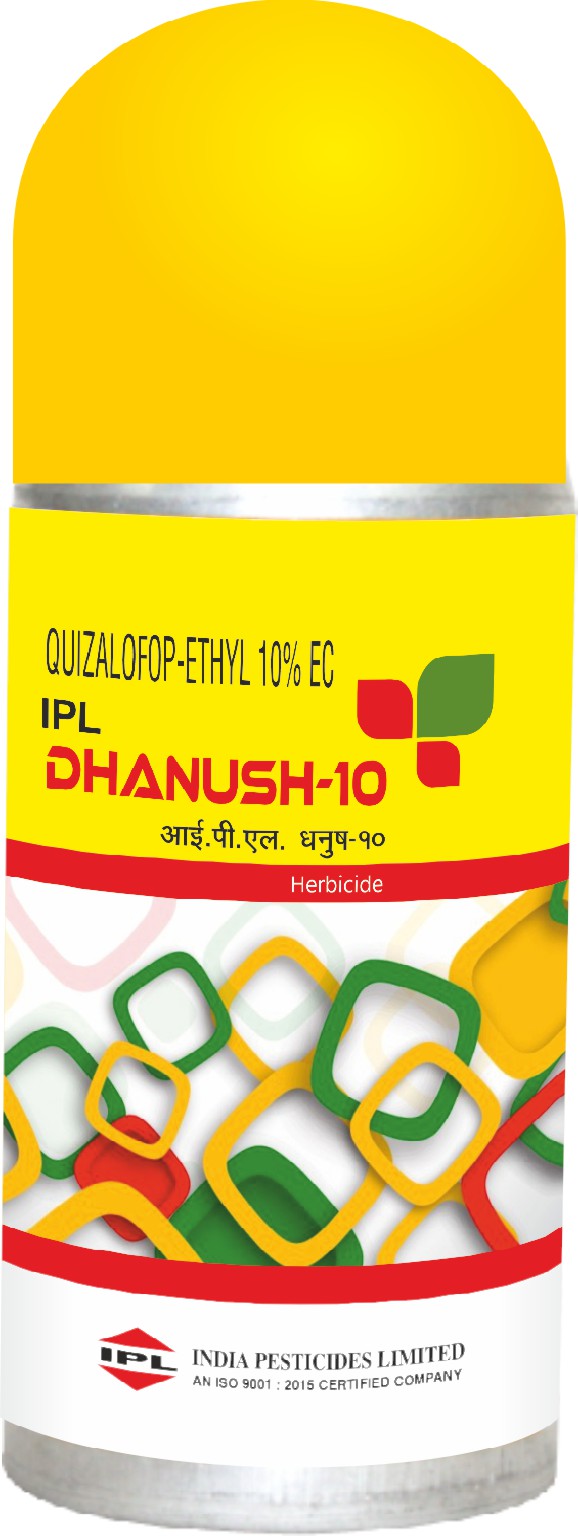-
Shop By Category
-
 Seeds
Seeds
-
 Mango
Mango
-
 Pesticides
Pesticides
-
 Fertilizers
Fertilizers
-
 Agricultural Machineries
Agricultural Machineries
-
 Drone Services
Drone Services
-
 Animal Feed
Animal Feed
-
 Food Products
Food Products
-
 Gardening
Gardening
-
 NOGA
NOGA
-
 Combo Packs
Combo Packs
-
 Millets
Millets
-
 Services
Services
-
 Agricultural Organic/Herbal Products
Agricultural Organic/Herbal Products
-
 Art and Craft
Art and Craft
-
 Packing Materials
Packing Materials
-
 Plasticulture
Plasticulture
-
 Others
Others
-
 Fruits and Vegetables
Fruits and Vegetables
- View more
-
-
Shop by Department
-
 Seeds
Seeds
-
 Mango
Mango
-
 Pesticides
Pesticides
-
 Fertilizers
Fertilizers
-
 Agricultural Machineries
Agricultural Machineries
-
 Drone Services
Drone Services
-
 Animal Feed
Animal Feed
-
 Food Products
Food Products
-
 Gardening
Gardening
-
 NOGA
NOGA
-
 Combo Packs
Combo Packs
-
 Millets
Millets
-
 Services
Services
-
 Agricultural Organic/Herbal Products
Agricultural Organic/Herbal Products
-
 Art and Craft
Art and Craft
-
 Packing Materials
Packing Materials
-
 Plasticulture
Plasticulture
-
 Others
Others
-
 Fruits and Vegetables
Fruits and Vegetables
-





